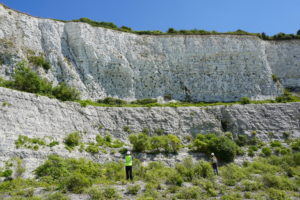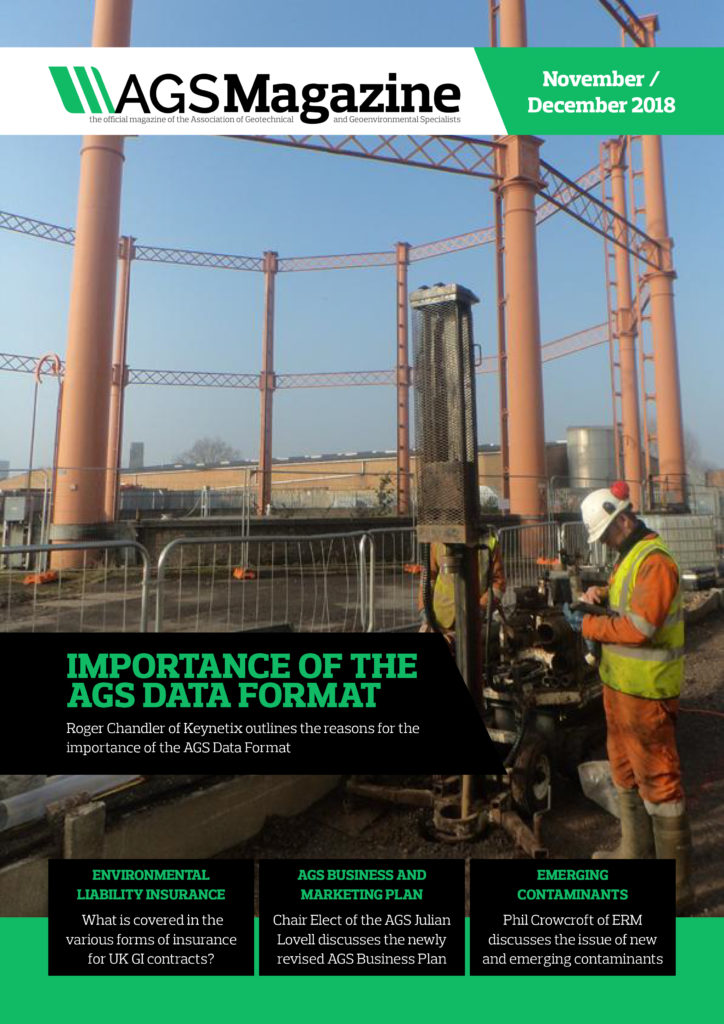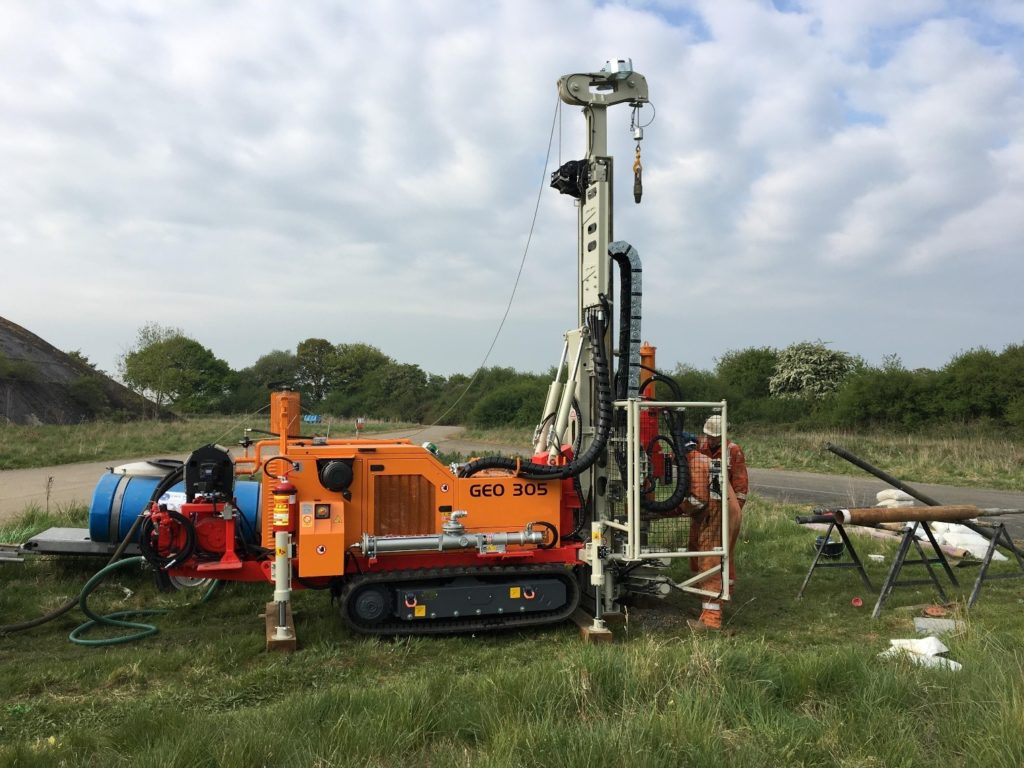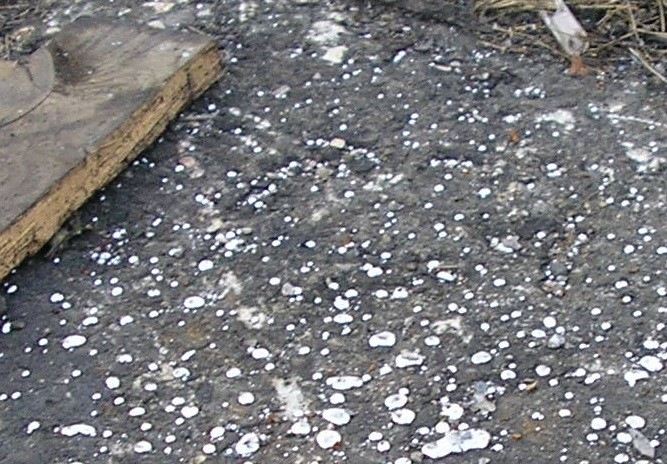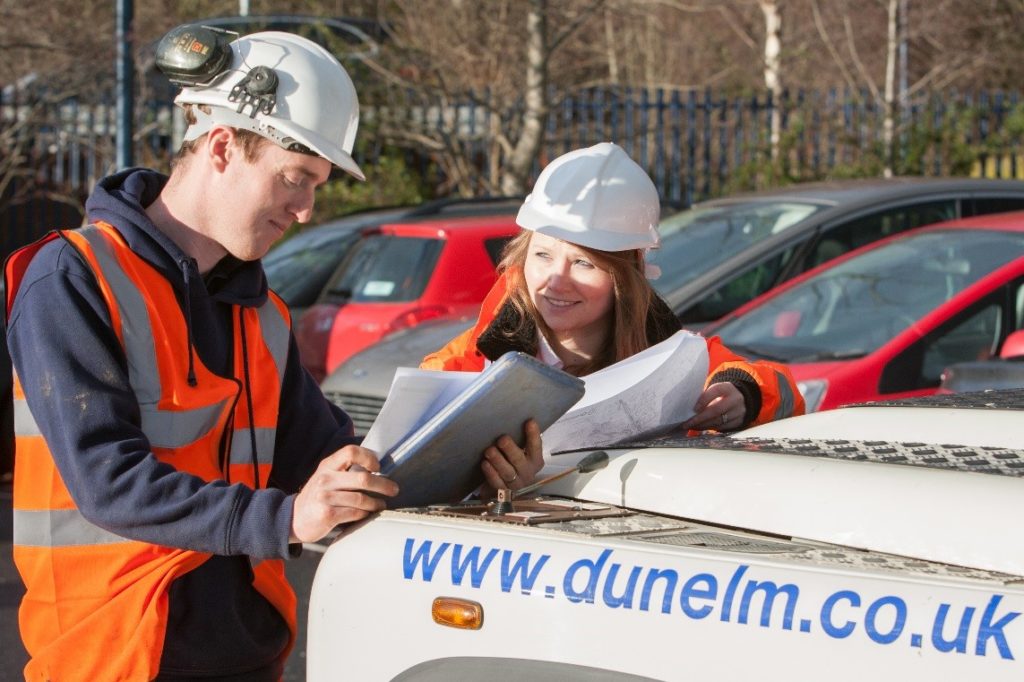PAS 128 – what is it? Is it simply as a way standardising utility surveys or is it an attempt to minimise health and safety risks associated with any form of intrusive groundwork? First of all – despite it being published by BSI – it is not a British Standard as we usually know it, but rather a specification for the mapping of underground utilities. Therefore, in following the standard the user can demonstrate they have followed a logical and consistent approach to gathering and recording the data, but cannot demonstrate that the approach adopted is the right one for their particular circumstances. That said, PAS 128 does state that one of its purposes is to seek to raise the quality and reliability of such surveys. Crucially Section 0.3 states ”TSA level 3 – EML only survey – is deliberately not accounted for and not included as a detection method because this PAS is looking to raise the standard of detection so that in all cases a minimum of two detection techniques – ground penetrating radar (GPR) and electromagnetic location (EML) – are used.” Clearly therefore the use of a Cable Avoidance Tool (using EML) on its own, a mainstay of buried service avoidance for ground investigation in the past, is not deemed to be adequate for detection purposes. Where EML is used it should be noted that use of a Cable Avoidance Tool in conjunction with a signal generator (Genny) will often increase the reliability and capability of this technique.
PAS 128:2014 ‘Specification for underground utility detection, verification and location’, to give it its full title, identifies four types of utility survey ranging in a hierarchy from Type D to Type A with the latter providing the most detail and highest level of confidence in the position of the utilities. Generally one type will follow the previous with Survey Type D being a precursor to Type C and so on. However, as the document does not specify which type of survey or level of confidence is appropriate for any given situation, it is therefore of little comfort to know that buried utilities searches have been ‘carried out in accordance with PAS 128’ unless the type of Survey used is appropriate to the situation in hand. However that is not to say that the type of survey adopted is optional as PAS128 does state that this should be decided on a case by case basis with all parties, based on the level of risk at a certain location.
In PAS 128 a Type D (Desktop) survey is essentially a desk based one. This would often be appropriate at the ground investigation planning stage and might form part of the CDM Designer’s Risk Assessment – to simply locate exploratory holes away from the recorded location of buried services.
The successive levels of Survey Type C through to Type A require increasing levels of effort and therefore expense. The next level, a Type C (‘Reconnaissance’) survey, would involve a site walkover such that existing records are supported and validated by the visual inspection of physical evidence observed. In the context of ground investigation, it makes sense for this next level of survey to form part of the planning/design stage so that the exploratory hole positions and designer’s risk assessment can be updated accordingly.
A Type B (Detection) survey is probably the minimum level that is appropriate to most ground investigation work whether specified by the client/consultant or not. It involves the use of geophysical techniques to detect buried services and PAS 128 suggests that the primary techniques to be used are EML (Electro-Magnetic Locating) and GPR (Ground penetrating Radar). The EML technique is most commonly manifested using a CAT (Cable Avoidance Tool) various models of which offer varying levels of accuracy and sophistication. The guidance recommends that more than one geophysical technique should always be used. Note 4 of the PAS states that “No detection technique can detect every type of underground utility in every location” and hence the possibility of undetected services being present must be recognised even when multiple geophysical techniques are adopted. In the context of ground investigation contractors often request an ‘underground utility clearance’. However the limitations of detection surveys should be recognised.
Furthermore it is worth noting that there are different quality levels within the survey types based on level of accuracy possible. Due to ground conditions / depths of services different quality levels are obtained. For example a Type B survey, a B2 quality level reflects an accuracy 250mm or 40% of detected depth, whereas a B1 quality is 150mm or 15% detected depth. However in the context of ground investigation the precise location and depth is only important in so far as this helps to prevent damage occurring during the investigation process.
Clearly, where services are present, the only way to get 100% confidence of a service type, location and depth is to physically expose the service – known as a Type A (Verification) survey. Of course such a survey, by its invasive nature, carries its own risks in terms of hitting and damaging buried services. Hand digging with uninsulated tools or with damaged insulation can be hazardous and alternatives like vacuum extraction can be relatively expensive. Vacuum extraction may not be practical and in any case does carry its own risks.
Generally the approach to the investigation of buried services should follow the guidance in HSG47 (2014) 3rd edition. Crucially HSG47 described the process as comprising 3 stages (1) planning the work, (2) locating and identifying buried services and (3) safe excavation. You will note the emphasis in HSG47 is one of locating services, not simply trying to establish the absence of services as is often the approach taken in ground investigation, due to financial constraints or otherwise.
Physically verifying every service may not always be appropriate in the context of GI works – however there will always remain uncertainty over the location of any buried service which has not been subject to verification. In order to reduce the risk as low as reasonably practicable with regard to avoiding danger from underground services, designers should carefully consider specifying as a minimum a Type B PAS 128 survey as part of the GI. In many cases an ‘avoidance’ approach may be deemed to be adequate. However for critical services, for example medium/high pressure gas mains, it is always advisable to undertake verification, because the assumed position can never be taken for granted. In following HSG47 asset owners should be contacted for high risk apparatus and it is then for the asset owner to identify the control measures to be put in place. Utility providers have their own recommended ‘clearance’ distances for excavations, digging or drilling and this is different for each asset owner. Finally it is worth heeding the warning in section 9.2 “For all excavations, assume that underground utilities are present and act accordingly.”
Article contributed by Peter Boyd


